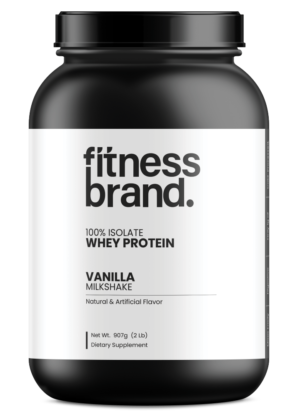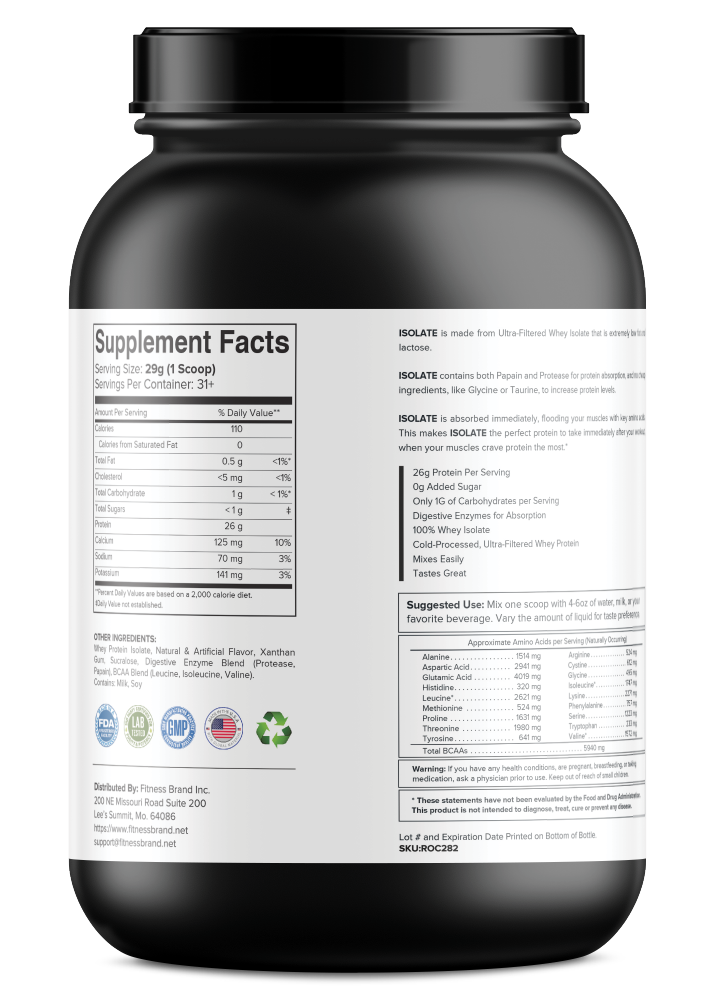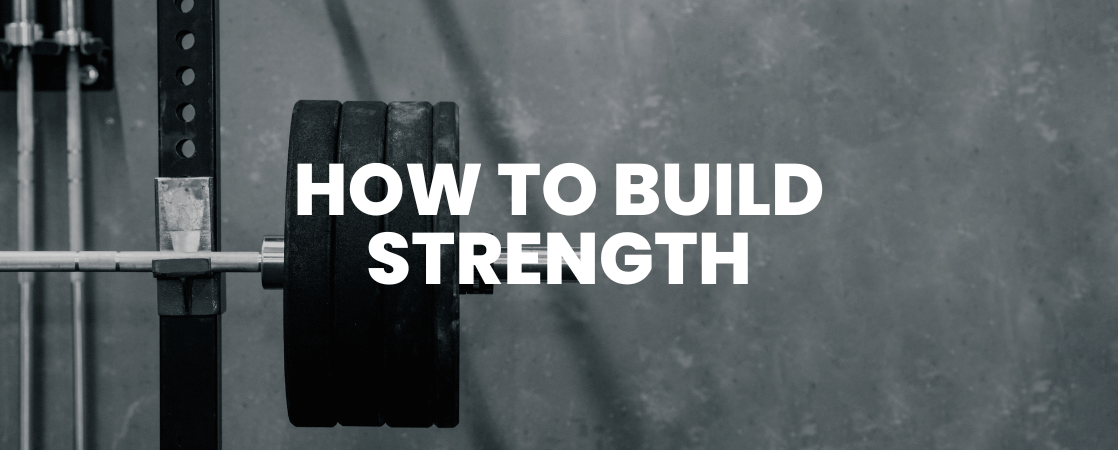


Creating a structured strength training program involves selecting the right exercises, setting a schedule, and planning for progression. Here’s a step-by-step guide to building an effective routine.
Selecting foundational exercises ensures a balanced program that develops full-body strength.
Choosing core exercises and adding endurance sets prepares you for more advanced training as strength builds.
Incorporating additional strength-focused exercises with free weights targets specific muscles and improves stability.
This approach allows for greater control over muscle activation, enhancing both primary and supportive muscle groups.
Starting with a structured, progressive schedule helps new lifters build strength safely and effectively.
This schedule offers beginners enough frequency to build strength while allowing for essential recovery days.
Progression and tracking are essential for continuous improvement in strength.
Planning for progression and tracking results are crucial steps in sustaining motivation and driving continuous improvement.
Category: Strength Building
